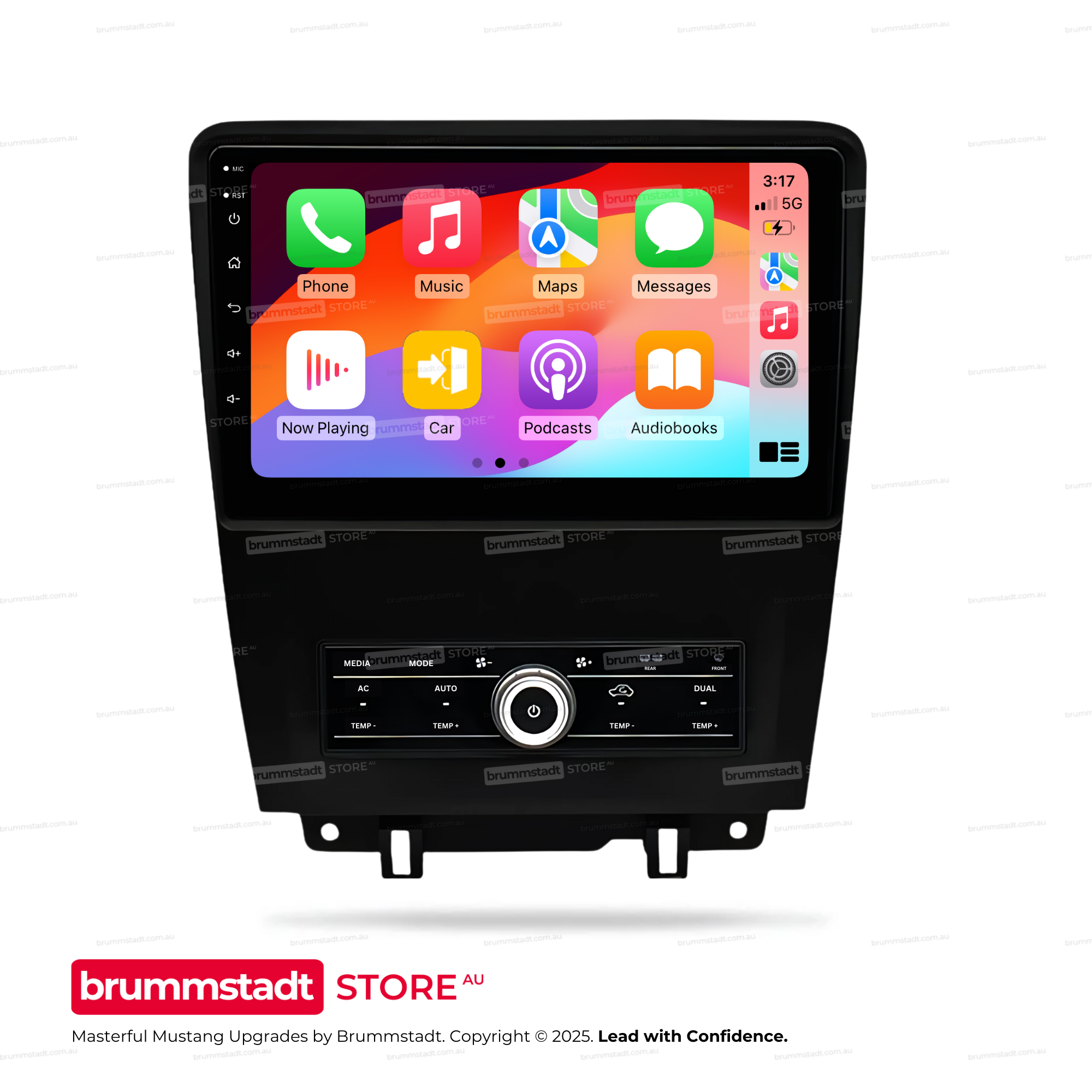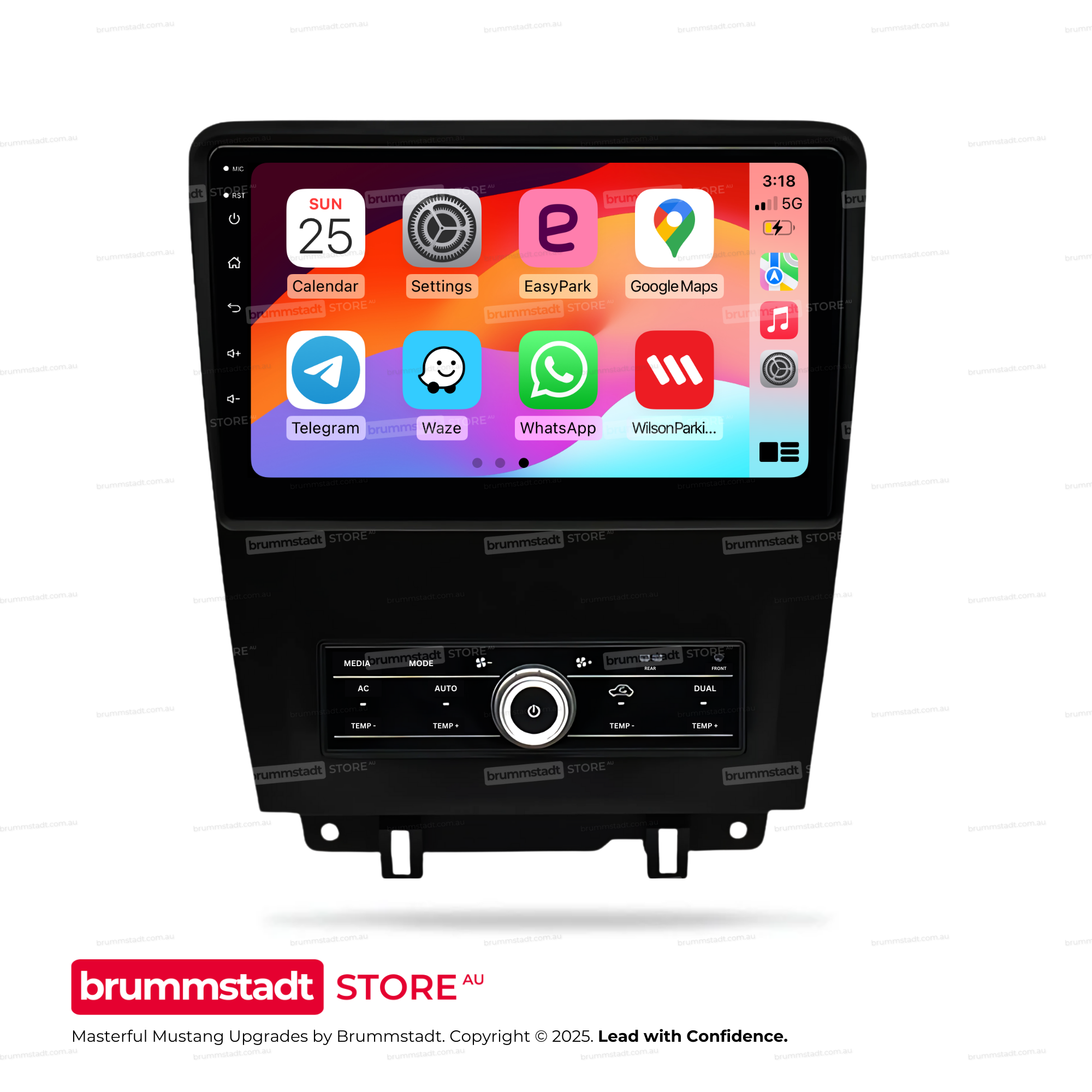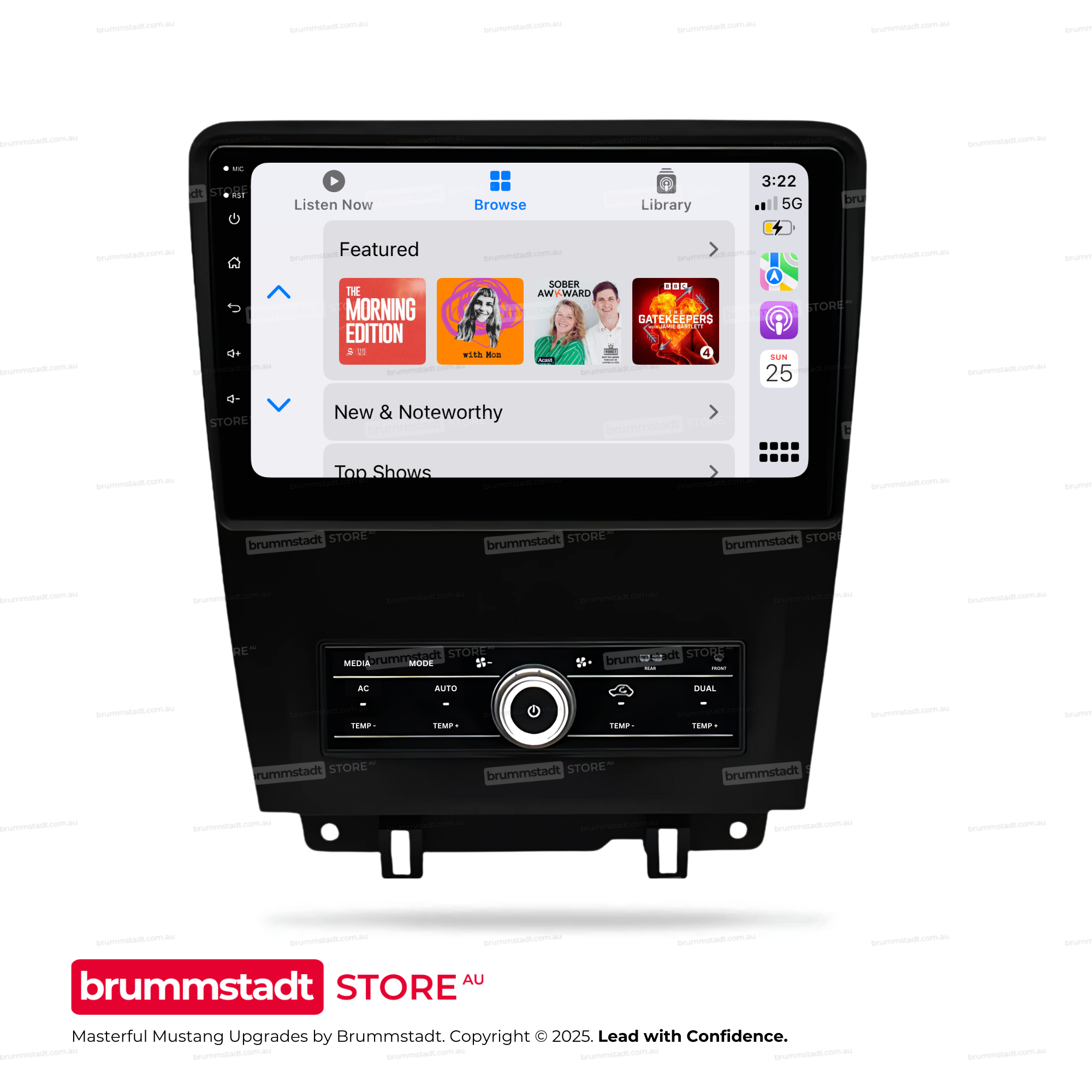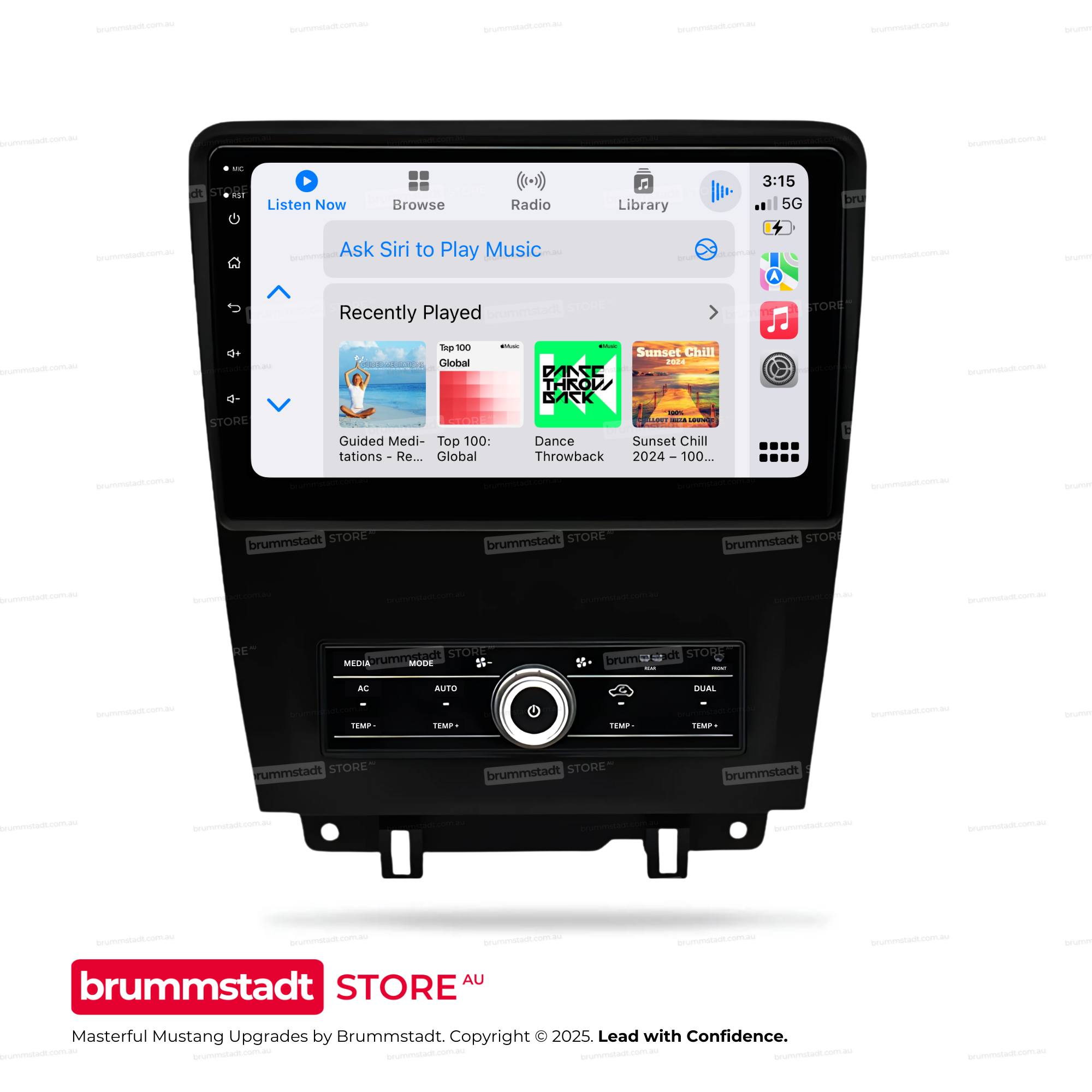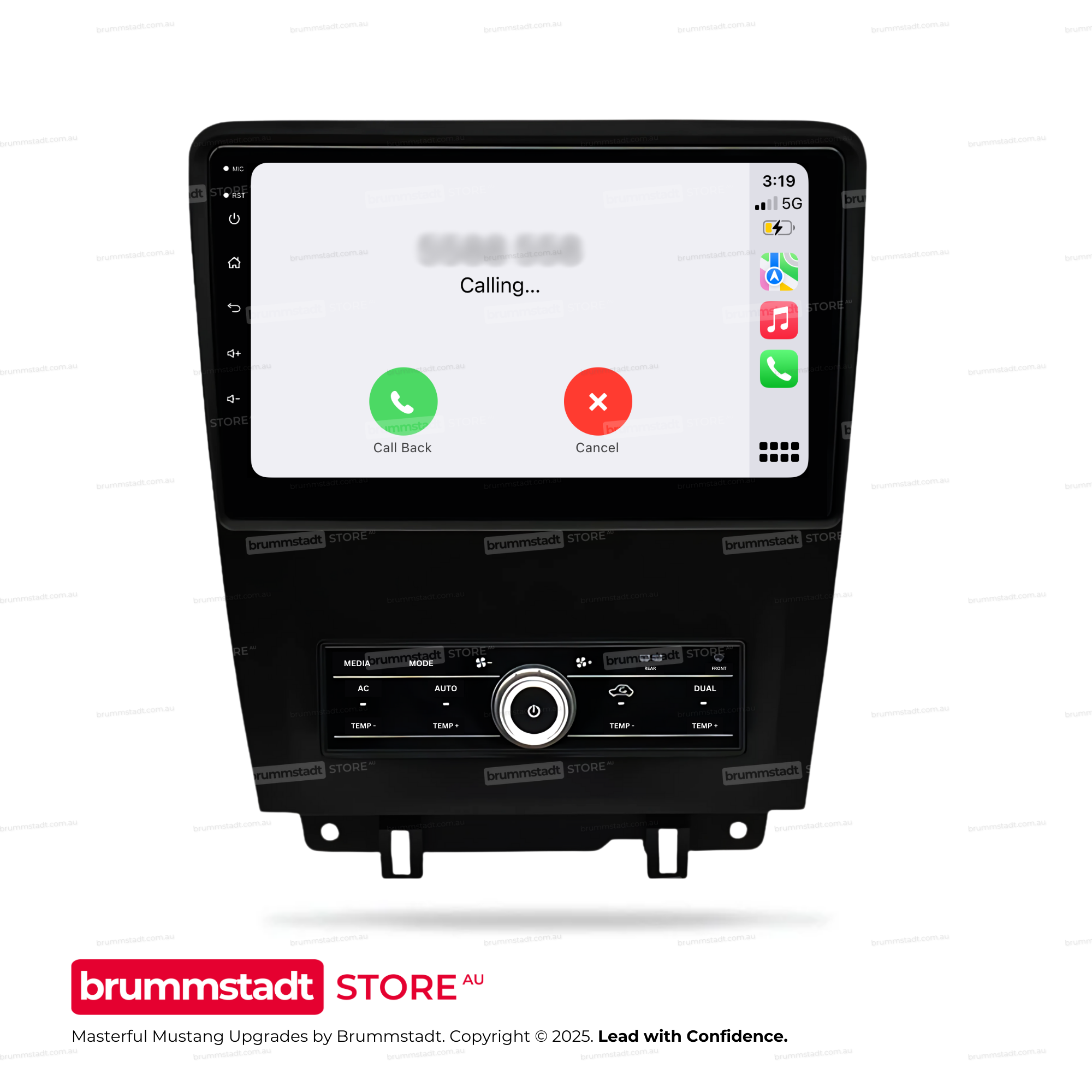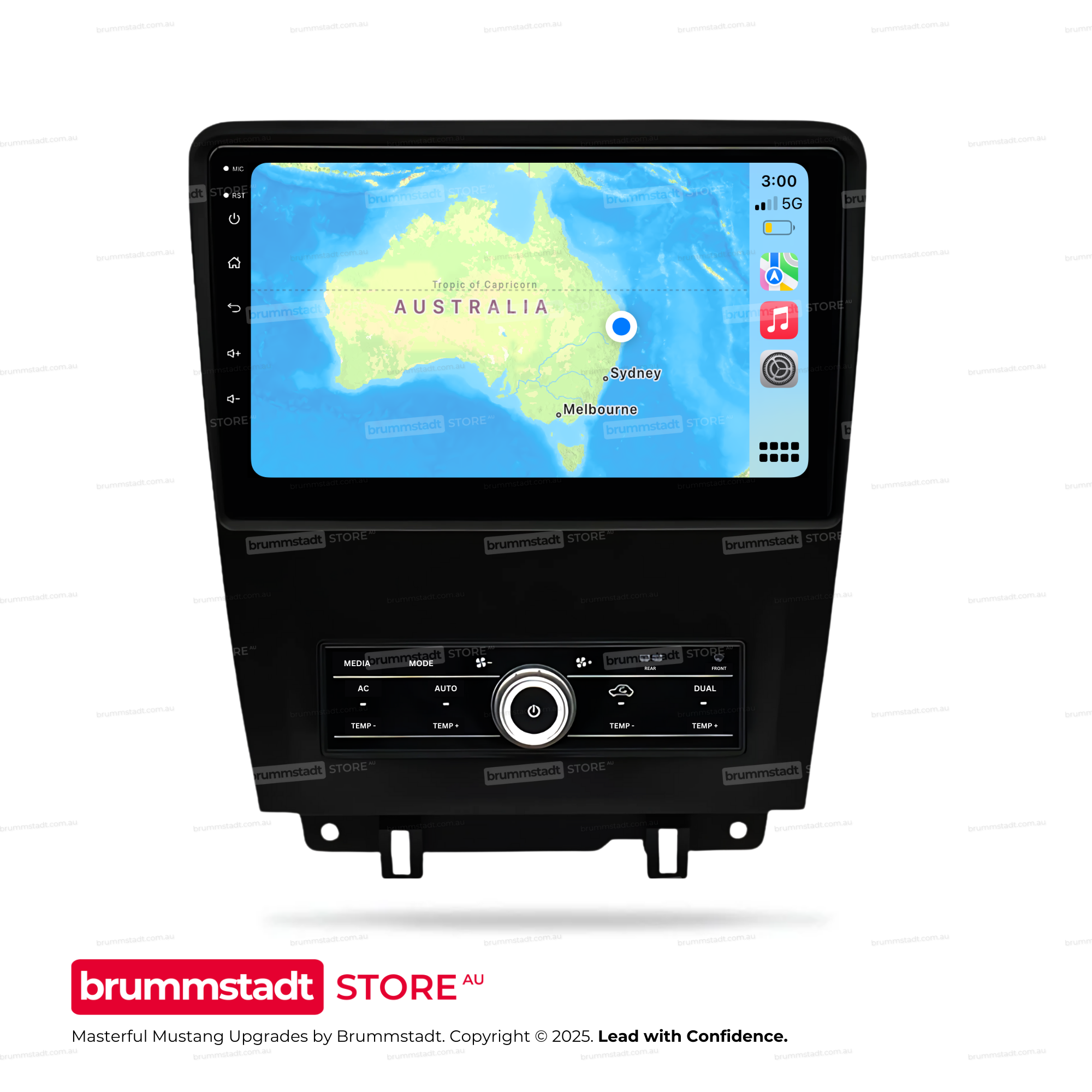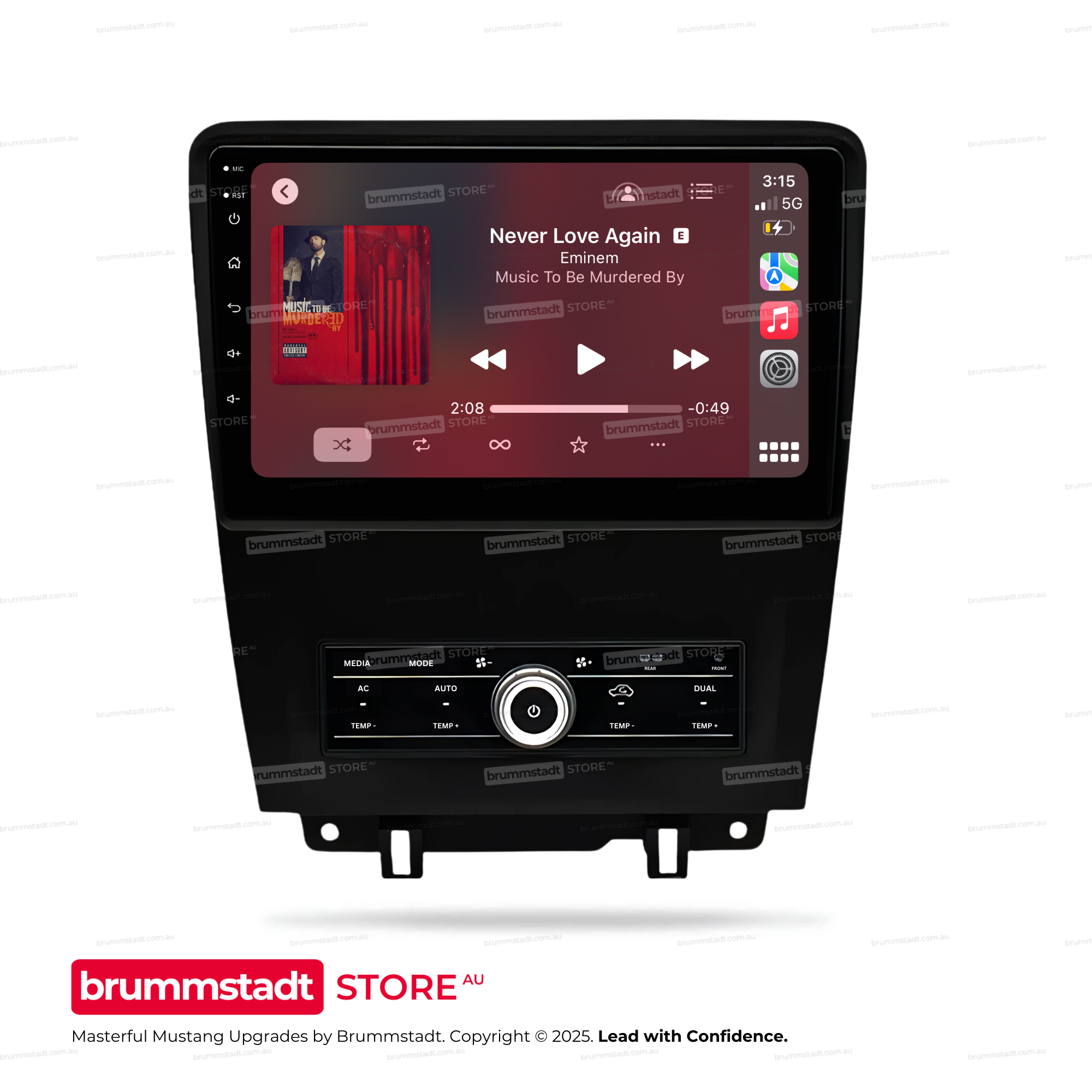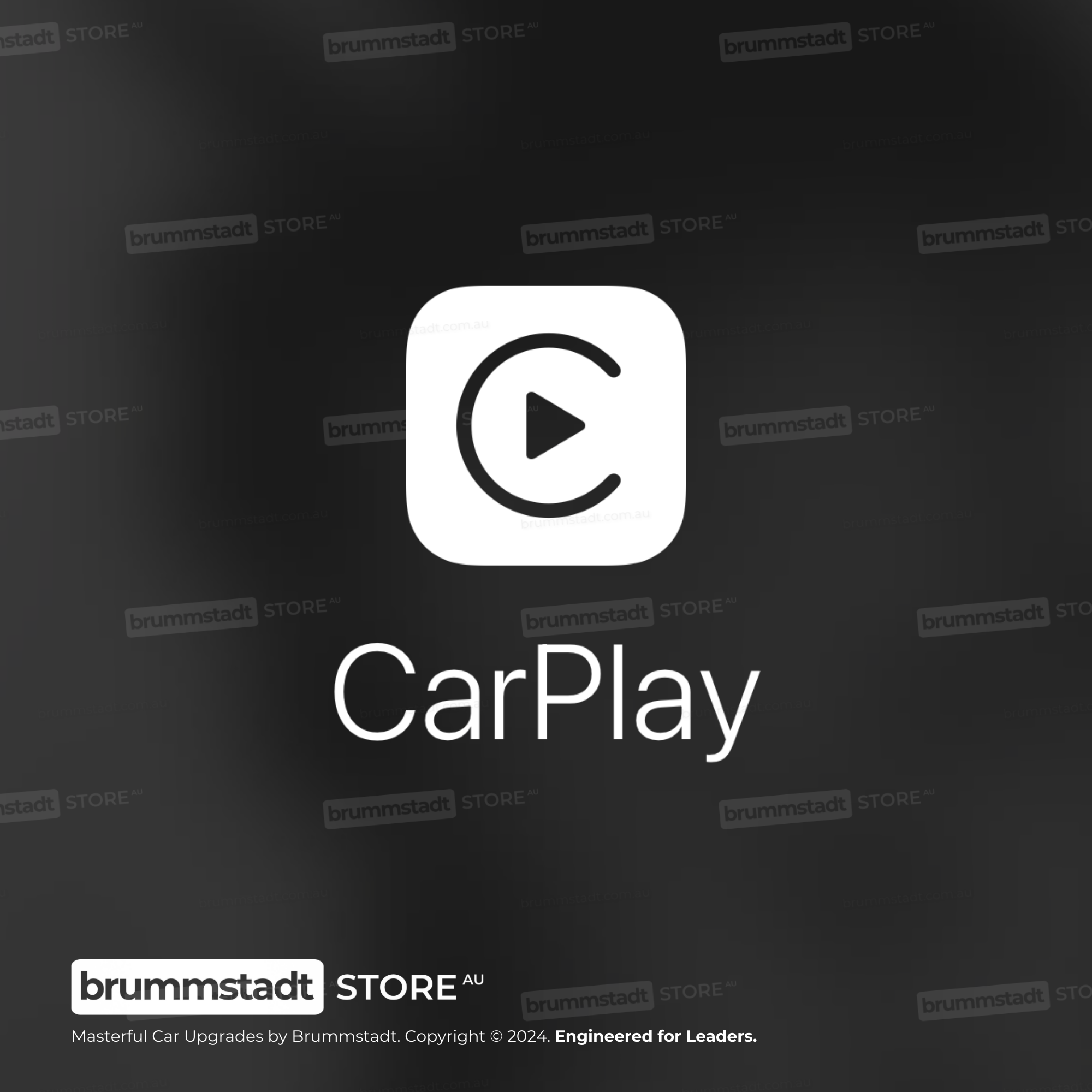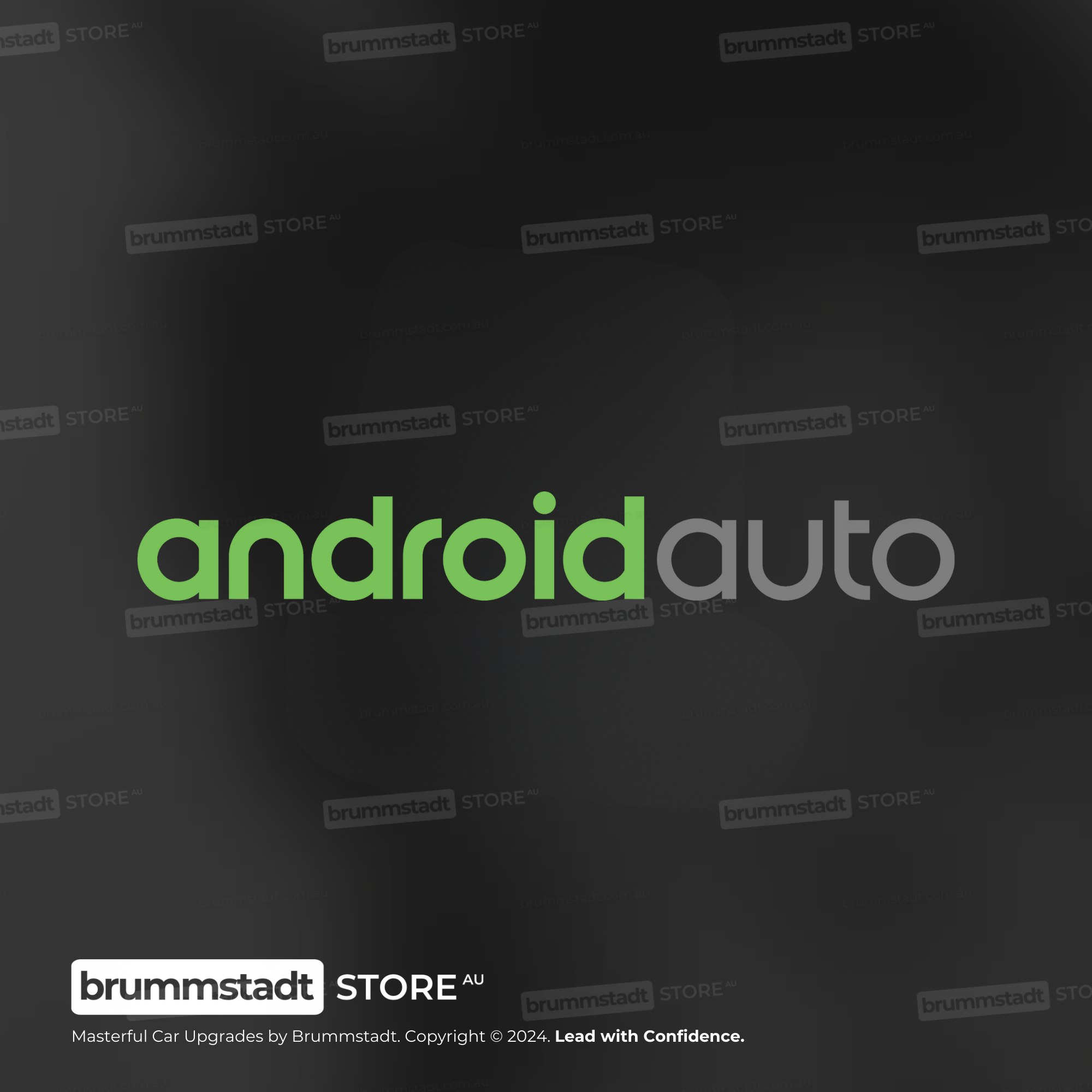Frequently Asked Questions
Everything you need to know about this head unit
Connect the single RCA cable with the yellow plug (included in your package) to extend your Bluetooth signal. This cable doubles as both a camera input AND a Bluetooth/WiFi antenna extension. The two small blue wires attached are antenna boosters that significantly improve connection stability. This simple connection takes 30 seconds and resolves 90% of Bluetooth issues. Make sure it's firmly connected even if you're not using a rear camera.
Try these proven solutions:
1. Quick Fix: Settings → Apps → Z-Link → Disable → Enable → Open (repeat each use)
2. Check Cables: Use the data/charge USB cable (not charge-only)
3. Bluetooth Setting: Disconnect all other Bluetooth connections - CarPlay needs exclusive access
4. Factory Reset Z-Link: Find the pink 'RESET' app, restart, reconnect Bluetooth, then try Z-Link
5. Sound Issues: Switch audio source to 'AUX' or 'USB/AUX' in your vehicle menu
Most issues are resolved with step 1 or 3!
The processor differs between models: The 2/32GB has a 4-Core processor, while 4/64GB and 8/128GB models feature the powerful 8-Core Cortex-A55 processor. Combined with RAM differences: The 2/32GB model with its 4-Core processor and limited RAM may experience slowdowns with heavy multitasking. The 4/64GB with 8-Core provides smooth performance for most users - no lag, seamless app switching, and enough storage for maps and music. The 8/128GB with 8-Core offers maximum performance with its generous RAM allowing unlimited multitasking and massive storage for extensive media libraries. Think of RAM like your desk space - more RAM means you can have more apps open simultaneously without slowing down.
Absolutely normal! These head units are complete replacement systems with their own GPS antenna, microphone, and Bluetooth module. Your factory connectors for these features won't be needed anymore. The important connections are: main power harness, speaker outputs, and the yellow RCA cable (even if not using a camera - it extends Bluetooth range). Any leftover factory plugs can be safely tucked away. If you're unsure about any connection, our support team is here 7 days a week.
Z-Link updates are handled through system firmware updates. Go to Settings → System → System Update. If an update is available, download it to a USB drive (FAT32 format) and install. Important: Never download Z-Link APKs from unofficial sources - they won't work and may cause issues. If you're having compatibility issues with newer iOS versions, the disable/enable workaround (Settings → Apps → Z-Link) usually resolves them while waiting for official updates.
Consider your usage:
• 2/32GB (4-Core): Budget option - fine for basic use, but may lag with multiple apps due to 4-Core processor and limited RAM
• 4/64GB (8-Core): Sweet spot - smooth Android Auto/CarPlay, multitasking, and ample storage
• 8/128GB (8-Core): Premium choice - unlimited multitasking, massive storage, future-proof for years
Most customers choose 4/64GB for the perfect balance of performance and value. The extra RAM makes a huge difference in daily smoothness!
The yellow RCA cable's blue antenna wires also boost WiFi signal! Make sure this cable is connected. Additionally, try these tips: Position the blue antenna wires away from metal surfaces, check that your phone's hotspot is set to 2.4GHz (not 5GHz) for better range, and ensure the head unit's WiFi sleep policy is set to 'Never' in Settings → WiFi → Advanced. For best performance with wireless CarPlay, keep your phone within 1-2 meters of the head unit.
Go to Settings → Sound → Equalizer and adjust to your preference. For more volume, increase the 'Loudness' setting. The 4/64GB and 8/128GB models have superior audio chips that provide cleaner, louder sound. If you have an amplifier, use the RCA outputs for best quality. Also check Settings → Factory Settings (password usually 126) → Audio settings for additional gain controls. Remember: higher-spec models (4GB+) include premium audio components for noticeably better sound.
Yes! Most vehicles work instantly. If not, use the steering wheel learning app: tap the steering wheel icon, press each button on your wheel, and assign functions. For newer vehicles with CANbus, we provide CANbus modules for automatic setup. Some vehicles may need the Key1/Key2 wires connected (usually included in our harness). If you're having trouble, let us know your exact vehicle model and we'll provide specific instructions.
We offer a 30-day return policy. If it doesn't fit or there's a compatibility issue, we'll work with you to resolve it. If you change your mind, a 20% restocking fee applies. Our team verifies compatibility before shipping to minimize issues. We provide installation support 7 days a week to help resolve any problems. With our 3-year warranty and Australian-based support, you can purchase with confidence. Full details in our Refund Policy.
Historical Journey – The Mustang Lineage:
First Generation (1964-1973):
Debuting in April 1964, the earliest Mustang established an entirely new automotive segment—compact, affordable sports coupes blending style, performance, and approachability. It was an immediate public sensation, famously known as the "1964 ½ Mustang," and quickly immortalized in popular culture. Throughout this generation, legendary models like the Shelby GT350 and GT500 underscored the Mustang’s credentials, fueling its lifelong romanticism among car aficionados.
Second Generation "Mustang II" (1974-1978):
The Mustang II adapted to a shifting automotive environment. Despite scaling back raw power in response to fuel economy and emissions standards, this iteration successfully maintained popularity through economy-friendly dimensions, enriched comfort, and style variations. Its smaller size and easy urban maneuverability were broadly praised even amidst changing buyer priorities.
Third Generation (1979-1993) "Fox Body" Mustang:
This marked a rebirth of performance, introducing a versatile Fox-body platform renowned for agility, affordability, and tuning potential. V8 engine variants notably reignited excitement, bringing back serious street credibility. Its enduring appeal stems from widespread aftermarket support, allowing customization from mild street modifications to formidable track setups.
Fourth Generation (1994-2004) SN-95 & New Edge:
Ford refined this generation into a more modern, sculpted design—combining contemporary handling refinement with classic Mustang bravado. Options such as the SVT Cobra and Bullitt special editions boosted performance desirability drastically, resulting in wide acclaim for achieving genuine driver-focused improvements, particularly the introduction of independent rear suspension in the 1999 SVT Cobra.
Fifth Generation (2005–2014) S197 Mustang:
a. First Phase (2005–2009):
Drawing inspiration directly from classic 1960s Mustangs, Ford presented the S197 Mustang—a smartly executed interpretation blending nostalgic retro styling with contemporary automotive engineering. This successful formula resonated widely, fueling sales and public admiration for its respectful design heritage paired effectively with capable, modernized performance and improved interior craftsmanship.
b. Second Phase (Facelift: 2010–2014 Mustang):
The facelifted 2010 Mustang refreshed the S197 series significantly, offering a more polished exterior coupled with vastly improved quality, styling updates such as re-modeled headlights, sleeker aerodynamic enhancements, and expressive subtlety. Enthusiasts frequently applauded these subtle yet profound refinements, as the Mustang appeared increasingly sophisticated yet faithfully cohesive with tradition.
Engine improvements from 2011 onwards marked a turning point for this Mustang era. The critically praised 3.7-liter V6 and iconic 5.0-liter "Coyote" V8 became immediate favorites amongst fans; especially the latter, creating a loyal following thanks to immense horsepower outputs paired effectively with thrilling acceleration. Mustang GTs of these years reignited excitement with tangible performance enhancements accompanied by harmoniously melodic V8 exhaust notes.
Exploring Mustang Nomenclature and Global Appeal:
Through its long history, the Mustang has traditionally retained consistent naming conventions globally. Widely recognized simply as the "Mustang," the car maintains uniformly strong name recognition across various markets—United States, Europe, Australia, Asia, and beyond—with trim and engine options primarily standardized worldwide, a testament to Ford’s consistent global appeal approach for this iconic model.
Integrating Modern Connectivity Technology – Infotainment Enhancement Potential:
While the late fifth-generation Mustang (2010–2014) debuted with an adequate factory infotainment setup for its time, today’s advancement in smartphone integration possibilities has notably surpassed its original equipment. Owners seeking refined contemporary convenience increasingly opt for specialist infotainment enhancements—comprehensively meeting present-day connectivity expectations.
One standout solution available is offered by Brummstadt—a compatible premium head unit thoughtfully developed to perfectly align within the Mustang’s existing dashboard panel. This advanced radio infotainment system seamlessly incorporates wired and wireless Apple CarPlay and Android Auto, facilitating effortless connections and interactions between mobile devices and the driver’s daily experience.
Imagine heading to dinner one evening with family or close friends, engrossed in warm conversation. Midway through dessert, a friend invites everyone back to their place, and quickly, via phone navigation, the address is input. Upon entering the Mustang afterward, directions instantly appear directly on the newly installed screen, displayed crisply via Apple CarPlay or Android Auto. Without distraction or cumbersome manual inputs, the journey becomes intuitive and relaxed, entirely guided by popular apps including Google Maps, Apple Maps, or WAZE.
Optional accessories with Brummstadt's infotainment head unit also expand the safety and experience beyond simply smartphone connectivity. Installation of a high-resolution 1080p front-and-rear camera solution ensures increased visibility, assistance in challenging parking conditions, and constant video recording as valuable evidence for added assurance in busy urban environments or spirited weekend drives.
Additionally, commitment towards diverse passenger experiences further defines the unit's capabilities. USB joystick connectivity transforms the Mustang’s infotainment display into an interactive multiplayer gaming experience—passengers effortlessly transition long drives or stopovers into engaging, joyful pastimes.
Simultaneously, intelligent voice control identifies and executes essential driving commands safely, allowing effortless multimedia selection, calling/texting features, navigational guidance, and importantly, seamless accessibility to connected home assistants. Practical examples might entail requesting via Apple’s Siri or Google's Assistant that porch lights or home thermostats activate prior to arrival—conveniently providing comfort and assurance in routine scenarios.
Mustang 2010–2014 Models – Defining Advantages and Driving Experience:
The refined fifth-generation, especially those late-model years from 2010–2014, embodies significant achievements in performance, aesthetics, and overall usability. Superior build quality along with near-universal acclaim of the engines (particularly the widely revered 5.0-liter V8 "Coyote" motor), responsive handling, and refined interiors established these Mustangs as truly rewarding driving experiences. Such milestones facilitated remarkable satisfaction beyond pure transportation—delivering tangible engagement behind every drive.
In the modern automotive landscape, thoughtfully selected aftermarket technology serves as powerful companions enriching ownership satisfaction. Specialist products—such as advanced navigation, smartphone integration, safety cameras, and entertainment enhancements like Brummstadt's upgraded infotainment system—elevate traditional journeys into richer, fulfilling experiences. Such considered technological implementation resonates clearly with contemporary expectations, elevating daily commutes, spirited leisure drives, and long-distance journeys alike.
Through decades of sophisticated evolution, purposeful refinement, exhilarating driving experiences, and meaningful technological integration, the late fifth-generation Ford Mustang model years (2010-2014) proudly represent automotive craftsmanship and driver connection—resonant symbols showcasing timeless performance, coherent modernity, and a genuinely engaging personality that remains forever iconic.



